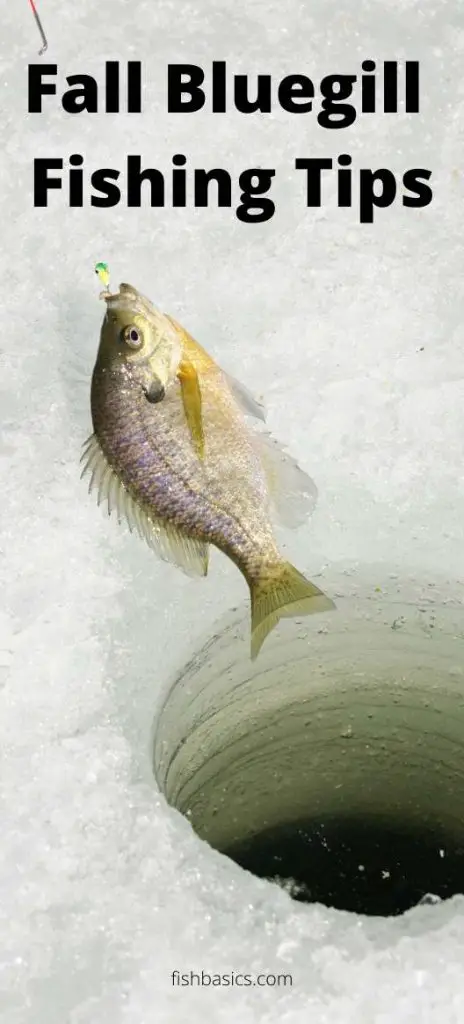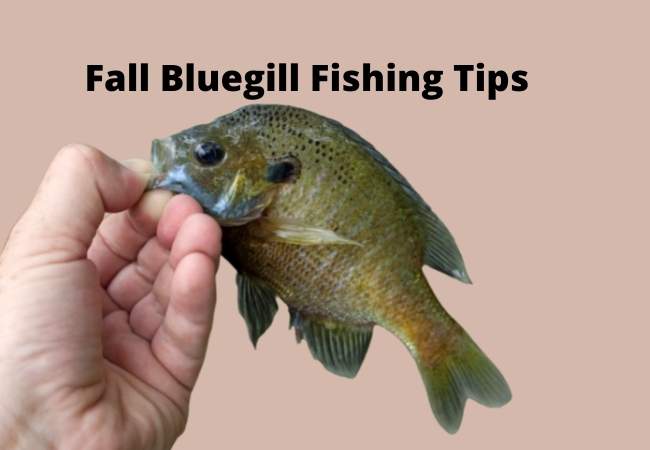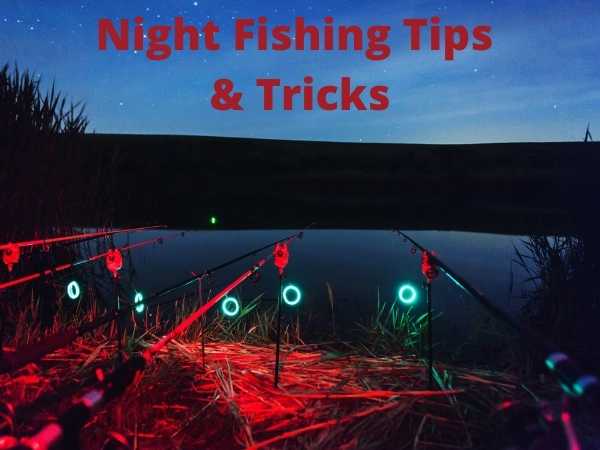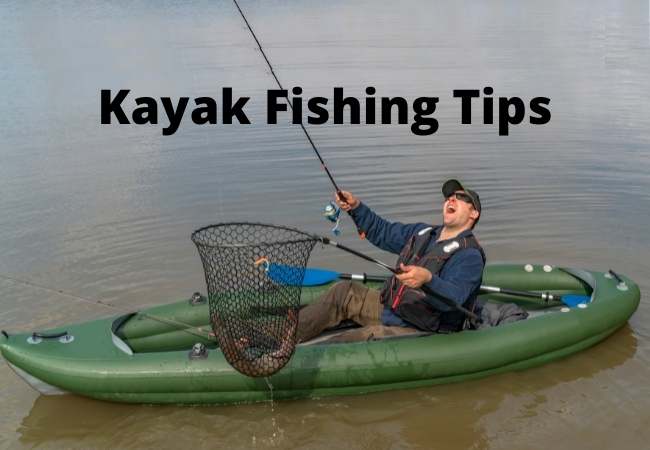Effective fall Bluegill fishing tips that have helped me get hits and catch Bluegill over the years. Fishing for Bluegills in the shallows is one of our favorite fall activities. One reason we like them so much is that they are relatively easy to catch.
Fall Bluegill Fishing Tips
Another good reason is that we can have fun catching them without using live bait, a practice we enjoy but don’t do nearly as often as spinning and casting with artificials.
Of course, we also love catching bluegills on jigs and poppers. If you want to take it to the next level, topwater plugs in general are a blast to cast and reel.
We usually catch most of our bluegills casting from the shore itself or from boats that have a casting deck from which to fish.
The best bluegill fishing is often in transition zones such as the edges of weed beds or where the brush meets the water, so it pays to move around a lot while looking for active schools.
Bluegill Fishing In Canoes
For efficient movement, we like an ultralight kayak or canoe. They’re stable, allow you to move easily over a variety of water depths, and are easy to paddle, even when loaded with fishing gear.
From an ultralight canoe or kayak, it’s easy to cover a lot of water quickly and efficiently. We’ve spent many enjoyable days on the water doing just that – catching bluegills as fast as we can bait our hooks or move the boat.
Bluegill Shore Fishing
Of course, spinning and casting from shore is also a good way to catch bluegills, especially where fishing pressure is lighter. Bluegills will sometimes school up near shore in shallow water next to deeper structures like weed edges or submerged grass beds.
Don’t be afraid to cast into the shallows next to these types of structures. Bluegills will often concentrate around cover like this and put on a fantastic show as you cast over and around them.
Bluegill Fishing Bait and Lures
Be sure to change your retrieve when doing this, though – fast retrieves work well for covering lots of water quickly but slow, twitching retrieves are the ticket for fishing close to structure. Sometimes bluegills school up in the thicker weeds or cattails.
If this is the case, you will want to switch to either topwater lures like poppers and walking baits, drift through any heavy cover from a boat, or wade carefully (slowly) and cast into the vegetation.
When fishing this way, you must get the lure deep enough or give it plenty of time to sink into the cover where the fish are.
To accomplish this, either let your lure come all the way to rest or reel down a few times to take out any slack and then hold your rod high.
Give the line time to get tight, then drop your rod tip and let the lure sink into the grasses. This technique takes a bit of skill and patience but is well worth it.
Be sure your drag is set so that fish can run if they make that decision (they often do) but not so loose as to be able to shake free any of the hooks.
Another good way to fish around heavy cover or in cattails and weeds is with a jigging spoon. These lures are designed to look like small baitfish, so they add a realistic touch to your presentation.
The other good thing about them is that you can swim them through heavy cover or across the surface in cattails and weeds, making them an excellent choice for getting through this kind of cover to reach those active schools.
Fall Bluegill Fishing
Fishing Bluegill in the fall can be rewarding for both new and experienced anglers. The next time you’re out chasing bluegills, have these fall Bluegill fishing tips in mind. Please share the article and don’t forget to follow me on FishBasics Pinterest for more tips on fishing.








